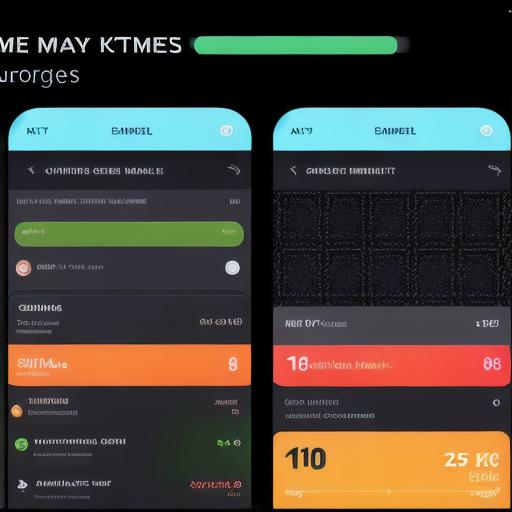Introduction

Dear Developer,
In today’s mobile gaming market, standing out from the crowd is a significant challenge. With countless games vying for players’ attention, how can you ensure your game not only engages but also monetizes effectively? The answer lies in smart and thoughtful mobile game economy design. In this response, we will discuss how effective economy design can boost player engagement and monetization.
Engaging Players with Meaningful Economies
1. Balancing Progression and Challenge
A well-designed economy allows players to make meaningful progress without becoming overwhelmed or frustrated. Offering a gradual curve of rewards encourages continued gameplay while providing an appropriate level of challenge keeps players engaged. For instance, Clash of Clans’ economy system gradually increases in complexity as players advance, providing a sense of achievement and progression.
2. Fostering Social Interactions
Incorporating social aspects into your game economy can lead to increased player engagement. Trade systems, alliances, and cooperative gameplay offer opportunities for players to interact with one another, creating a more vibrant and connected community. For example, in Farmville, players trade resources and collaborate on farming tasks, which can lead to long-term engagement.

3. Encouraging Repeat Playthroughs
Designing an economy that incentivizes repeat playthroughs is crucial for long-term player retention. Offering unique rewards or challenges with each new game session keeps players coming back for more. For example, in Pokémon GO, the economy is based on exploration and discovery, with new creatures appearing at different locations over time, encouraging repeated playthroughs.
*Monetization: Striking the Right Balance*
1. Freemium Models
Implementing a freemium model, where players can access core gameplay for free but pay for optional in-app purchases or cosmetic upgrades, can be a successful monetization strategy. Careful design of these economy systems is essential to ensure players feel encouraged to make purchases without becoming disengaged. For example, Candy Crush offers an engaging gameplay experience with occasional obstacles that can be overcome through in-app purchases.
2. Subscription Models
Subscription models provide a steady stream of revenue for developers, but require careful consideration to ensure player value and engagement. Offering exclusive rewards or premium features can incentivize players to subscribe while ensuring they continue to engage with the game. For example, EA’s Origin Access subscription provides access to a vast library of games for a monthly fee.
3. In-Game Currencies and Virtual Goods
Incorporating in-game currencies and virtual goods into your economy design can offer opportunities for monetization. These elements should be balanced carefully, ensuring players feel they are making meaningful progress without being pressured to spend real money. For example, in Star Wars: Galaxy of Heroes, players earn in-game currency through gameplay but can also purchase more with real money to accelerate their progress.
Conclusion
Effective mobile game economy design lies at the intersection of player engagement and monetization. By creating balanced economies that foster progression, social interactions, and repeat playthroughs, you’ll not only keep players engaged but also maximize your revenue potential. Whether through freemium models, subscription systems, or in-game currencies and virtual goods, careful design is the key to a thriving mobile gaming community.
